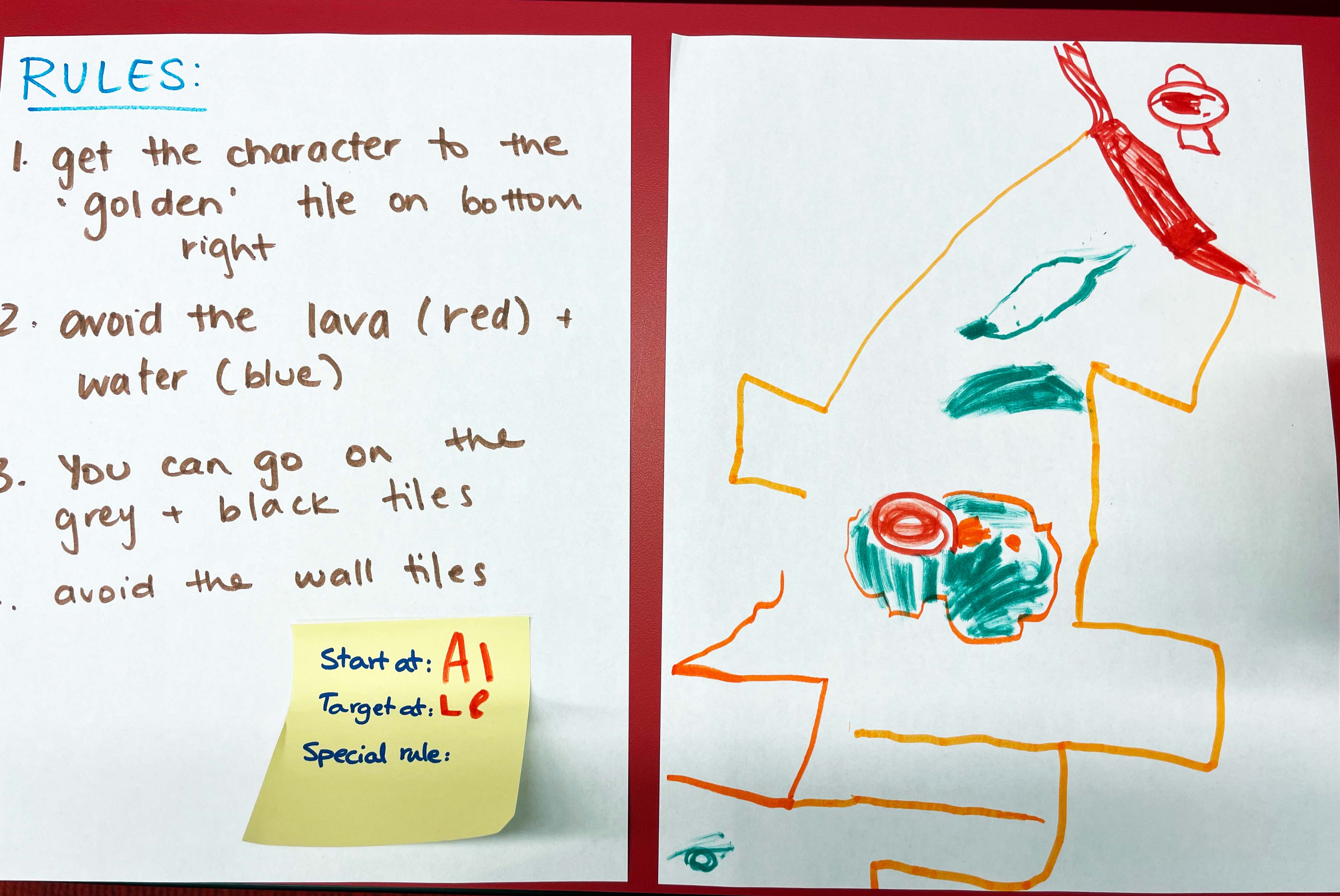How to frame the learning
Overview
To synthesize collaborative sessions with children with disabilities, examine their work and interactions meticulously. Go through each aspect of their work, including undocumented interactions, involve teachers and caregivers for a comprehensive perspective, and share results with children through tangible mediums. Treating children as creative partners fosters ongoing collaboration and empowers them to influence project evolution.
Description
Synthesizing results from collaborative sessions with children with disabilities requires a meticulous examination of their work and interactions. Unlike sessions with adults, generative activities are used to encourage creative thinking through games and interactive methods.
Suggestions
Examining Every Detail
Facilitators need to delve into each aspect of the children’s work. For instance, discussing drawings in detail, exploring conversations during the drawing process, and understanding the rationale behind each element in the image.
Undocumented interactions, like side conversations and expressions are essential for capturing a holistic understanding of a child’s idea. This might involve using frameworks that can help researchers see beyond what is said, and focus on full body or multimodal expression/participation.
Involving Teachers and Caregivers
Including teachers and caregivers whenever possible ensures a more comprehensive perspective of a child’s creative expression and they can provide you with insight that would have otherwise left unnoticed.
Sharing back the results
To keep children involved in this process, we may need to share the results from the activities with them. This would require a tangible and experiential medium, as written reports may not be accessible. Showcasing an improved or transformed product with their ideas implemented provides a meaningful way for them to perceive their impact and express further ideas about how to improve the work.
You can plan further collaborative activities that allow them to interact with the new features to express their feedback and validation.
Empowering Children as Creative Partners
Treating children as creative partners in the design and development process fosters a continuous and iterative approach. Building lasting relationships with the children and their care network encourages ongoing collaboration, empowering children with disabilities to have a significant influence on a project’s evolution.
Example

Throughout the Weavly project, at times we had the opportunity to collaborate with the same group across various phases of design and development. This allowed us to integrate some of the features and functionalities they suggested and then circle back to them. Our aim was to first illustrate how their input had impacted the project, ensure alignment with their initial ideas, and then further develop and expand upon their contributions.

Many of our sessions involved generative activities. Therefore, following a session and during our debriefing sessions, we would review all the artifacts created. We sought to augment these artifacts with additional insights, such as comments or conversations with the children, to provide context to their creations. Subsequently, we identified areas for improvement in Weavly based on their feedback. At times, the adjustments we made were not solely based on their direct feedback but also on their body language. For instance, if we observed difficulties or challenges in accessing or utilizing a feature, or even if a feature was not utilized at all.